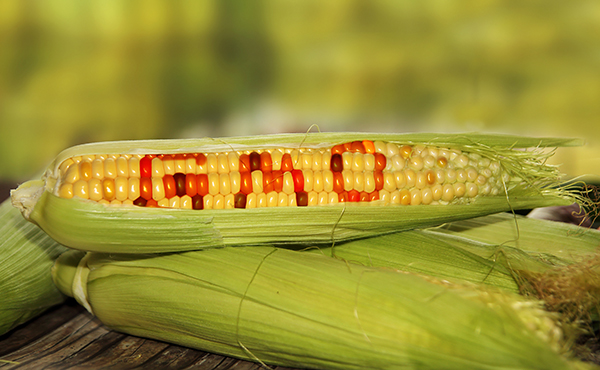
The study, which was published in The Journal of the American Society of Nephrology, concluded that though kidney stones used to be relatively rare among children, there has been a noticeable increase in stones among this age group as kids have been given more and more antibiotics over the years. There has also been a marked increase in the prevalence of these stones among adolescents and young women. (Related: Kidney stones -- natural remedies, prevention and what really causes them.)
The data is clear: Increased use of oral antibiotics raises risk of kidney stones
The CHOP team consulted the health records of 13 million British adults and children who saw general practitioners in the United Kingdom between 1994 and 2015. Prior antibiotic use by the 26,000 patients who experienced kidney stones was weighed up against data for 260,000 control subjects.
A CHOP press release explained the team’s findings:
They found that five classes of oral antibiotics were associated with a diagnosis of kidney stone disease. The five classes were oral sulfas, cephalosporins, fluoroquinolones, nitrofurantoin, and broad-spectrum penicillins. After adjustments for age, sex, race, urinary tract infection, other medications and other medical conditions, patients who received sulfa drugs were more than twice as likely as those not exposed to antibiotics to have kidney stones; for broad-spectrum penicillins, the increased risk was 27 percent higher.
The increased risk for developing kidney stones appeared to linger for several years after use of oral antibiotics, and was particularly elevated among children and young adolescents.
Previous research has indicated that about 30 percent of all people who are prescribed antibiotics actually don’t need them. This is particularly true of children, who receive more antibiotics than any other age group. This latest research is yet another strong reminder that physicians need to be far more careful about prescribing antibiotics only when they are absolutely necessary. Many parents put pressure on their doctors to prescribe antibiotics even when their children have viral illnesses – which unlike bacterial infections do not respond to antibiotics – and many doctors cave in to the pressure in a bid to please and retain them as patients.
“Our findings suggest that antibiotic prescription practices represent a modifiable risk factor — a change in prescribing patterns might decrease the current epidemic of kidney stones in children,” noted Dr. Tasian.
Antibiotic resistance on the rise
Another important reason that doctors should be cautious about prescribing antibiotics – besides the increased risk of kidney stones – is the antibiotic resistance crisis facing mankind. Several of the most commonly prescribed antibiotics have become ineffective at treating the infections they were designed to combat as bacteria have developed resistance to them. The three main causes of this resistance are overuse and misuse in medicine; overuse in animals who are given antibiotics to promote growth; and the spread of resistant strains of bacteria between human beings or from non-human environmental sources. (Related: Antibiotic resistance to become world's number one killer by 2050, claims expert.)
Upwards of 2 million Americans acquire serious antibiotic-resistant infections each year, resulting in the deaths of around 23,000 people.
All things considered, there are serious reasons to be cautious about the use of antibiotics, whether for yourself or your children. There are serious risk associated with the use of these medications, including an increased risk of kidney stones, and if we continue to use them when they aren’t really needed, one day when we really do need them they may no longer be available.
For the latest health news and medical breakthroughs see Medicine.news.
Sources include:
Please contact us for more information.






















